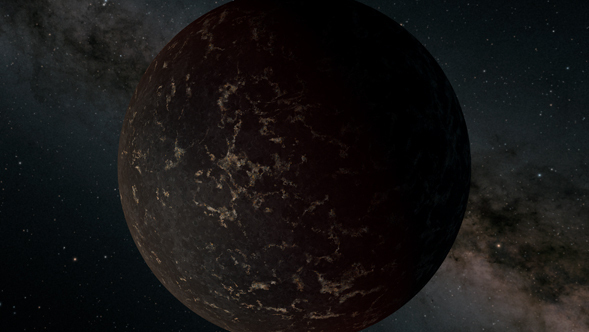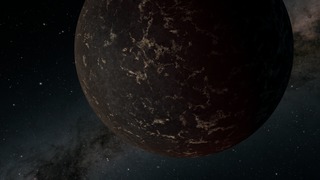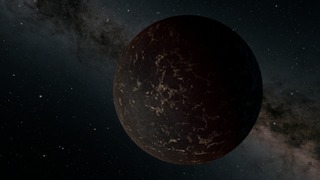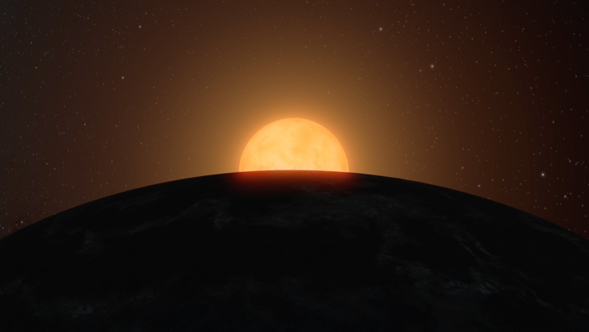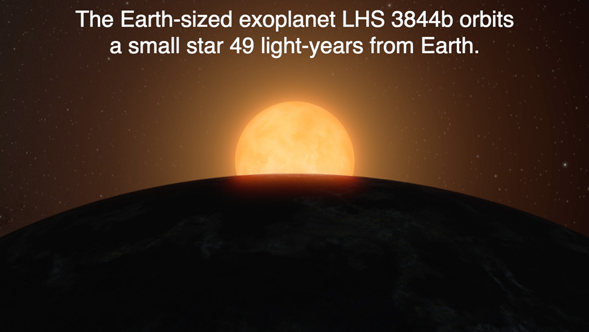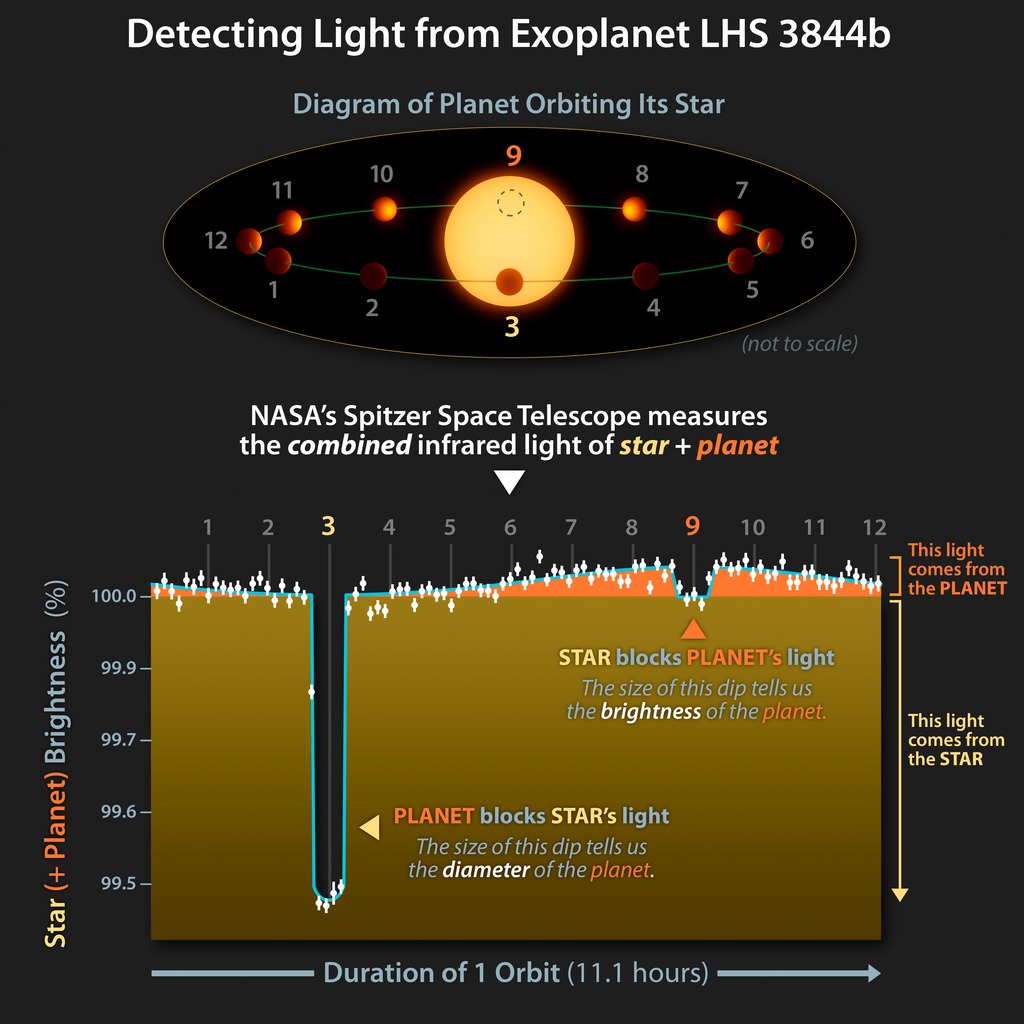
Credit: NASA/JPL-Caltech/L. Kreidberg (Harvard-Smithsonian CfA)
Chart • August 19th, 2019 • ssc2019-14b
ssc2019-14b
This infographic illustrates how astronomers using NASAs Spitzer Space Telescope observations of the LHS 3844b system could deduce how much of the combined infrared light came from the Earth-sized exoplanet.
The majority of all known exoplanets have been discovered using the transit method through which astronomers carefully measure the brightness of a star over time, looking for tiny dips in brightness. These dips can occur when an orbiting planet passes in front of a star, briefly blocking a small fraction of its total light. In this way a planet can be discovered by measuring only the brightness of the star. This technique is particularly helpful since in most cases planets orbit so closely to their stars it is impossible for current telescopes to see them as separate points.
Detecting the light from an orbiting planet is much more difficult since planets are vastly dimmer than stars, but it is possible in some cases where the planet is particularly bright.
The top diagram shows a star system where the planets orbit is nearly edge-on from our line of sight with numbers assigned to different stages of its orbit. The bottom chart shows Spitzers infrared measurements of the combined light from the star and planet (white dots) with the corresponding numbered stages marked.
At position 3 the planet passes (or transits) in front of the star, and blocks a small amount of the stars light. In the brightness plot below the diagram, this corresponds to the large dip on the left. The size of the dip tells us what fraction of the stars light was blocked (about 0.5%), and from that, and knowledge of the size of the star, astronomers can calculate the exoplanet has a radius 1.3 times that of Earth.
At position 9 the planet passes behind the star so all we can see is the stars light. The small dip in brightness at this point shows that Spitzer was detecting light from the planet just before and after it was hidden behind the star. The size of this dip tells us the brightness of the star-facing side of the planet. From this, astronomers calculated the temperature on this side reaches as much as 1,410 degrees Fahrenheit (770 degrees Celsius).
The slice of brightness indicated in orange corresponds to the changing amount of light we can attribute to the different sides of the planet we see during its orbit. Since the brightest part of the planet seems to be centered on the side that faces the star, LHS 3844b is most likely "tidally locked," meaning one side of the planet always faces the star while another side always faces away from the star.
The data also suggest this world could be a bare rock with no atmosphere.
The large difference between the star-facing (9) and space-facing (3) sides of the planet suggests that a negligible amount of heat is being transferred from one side to the other. If an atmosphere were present, hot air on the dayside would naturally expand and generate winds that would transfer heat around the planet. On a rock with little to no atmosphere, like the Moon, there is no air present to transfer heat.
Spitzer observed LHS 3844b and its star in infrared light at a wavelength of 4.5 microns using the Infrared Array Camera (IRAC).
The Jet Propulsion Laboratory in Pasadena, California, manages the Spitzer Space Telescope mission for NASA's Science Mission Directorate in Washington. Science operations are conducted at the Spitzer Science Center at Caltech in Pasadena. Space operations are based at Lockheed Martin Space Systems in Littleton, Colorado. Data are archived at the Infrared Science Archive housed at IPAC at Caltech. Caltech manages JPL for NASA.
About the Object
- Name
- LHS 3844b
- Type
- Planet > Type > Terrestrial
- Distance
- 48.6 Light Years
